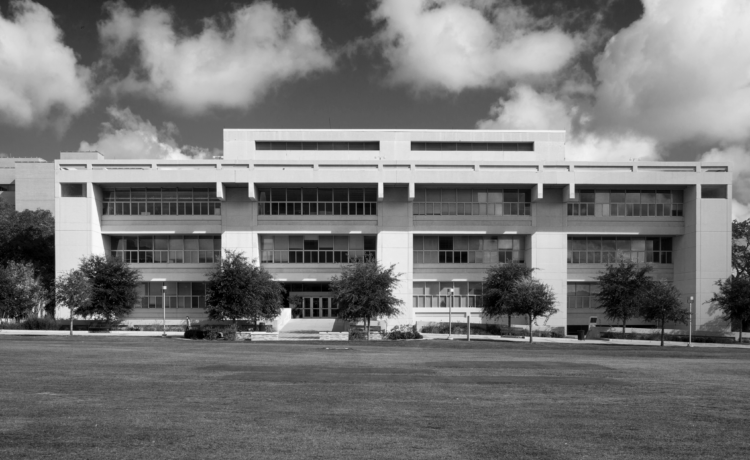History
A Historical Outline of the First Century of the College of Architecture at Texas A&M University
Origins and Early Development (1905–1940s)
Architectural education at Texas A&M began in 1905 within the School of Engineering, offering courses to prepare students for the practice of architecture. In 1922, the Department of Architecture was formally established under the guidance of Frederick Giesecke, marking the beginning of a century-long journey. The early curriculum emphasized classical design and construction practices, aligning with the engineering roots of the program.
During these formative years, architectural education at Texas A&M balanced technical proficiency with emerging design principles. The department gradually gained autonomy and expanded its faculty and student body. Despite the economic and political challenges of the 1930s and 1940s, including the Great Depression and World War II, the program continued to develop its academic identity.
Post-War Growth and Diversification (1950s–1970s)
The post-war era brought a surge in enrollment and a growing demand for architects across the nation. This period saw significant expansion in both facilities and faculty expertise. By the 1950s, architecture had gained greater recognition as a distinct academic discipline, leading to broader offerings in planning, design theory, and building technology.
In the 1960s and 70s, the College experienced structural and academic growth. New programs in landscape architecture, urban planning, and environmental design were introduced, reflecting the multidisciplinary evolution of the built environment. These developments laid the groundwork for a comprehensive academic framework that addressed contemporary architectural and planning issues.
Innovation and Institutional Identity (1980s–2000s)
The latter decades of the 20th century witnessed a period of innovation and formalization. The College underwent organizational restructuring, separating into distinct departments while maintaining a collaborative ethos. New research centers and graduate programs were introduced, reinforcing Texas A&M’s commitment to academic excellence and practical impact.
Technological advancements during this time, including the rise of computer-aided design and digital modeling, were rapidly integrated into the curriculum. Faculty and students engaged in nationally recognized research, creative scholarship, and community outreach, helping define the College’s identity on both regional and national stages.
The 21st Century and Beyond
Entering the 21st century, the College of Architecture at Texas A&M University reaffirmed its role as a leader in design, planning, and construction education. Interdisciplinary collaboration became central, with strong connections across allied fields such as engineering, visualization, and the environmental sciences.
Today, the College is a hub for innovation, global engagement, and community impact. As it celebrates over 100 years of architectural education, the College continues to evolve—preparing students to address the complex challenges of the built environment in a rapidly changing world.
Historic Leaders
Between Giesecke and Langford, a number of distinguished scholars and practitioners shared the helm of the fledgling department of architecture at Texas A&M, and each left their own unique signature on its destiny.
Fredrick E. Giesecke | 1905-12
S.J. Fountain | 1912-14
Rolland Adelsperger | 1915-18
E.B. LaRoche | 1918-1925
H.N. June | 1925-27
Fredrick E. Giesecke | 1927-29
Ernest Langford | 1929-56

